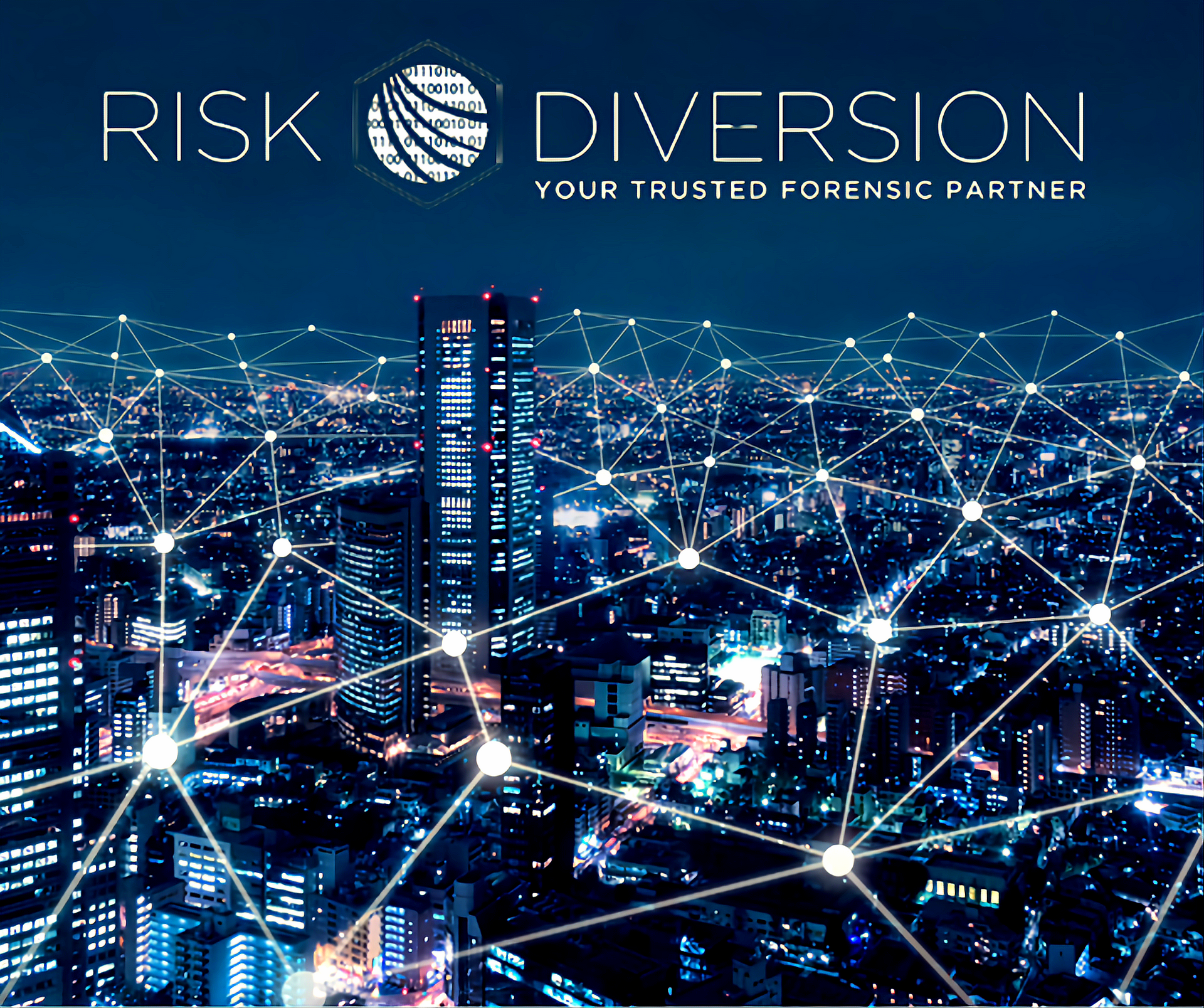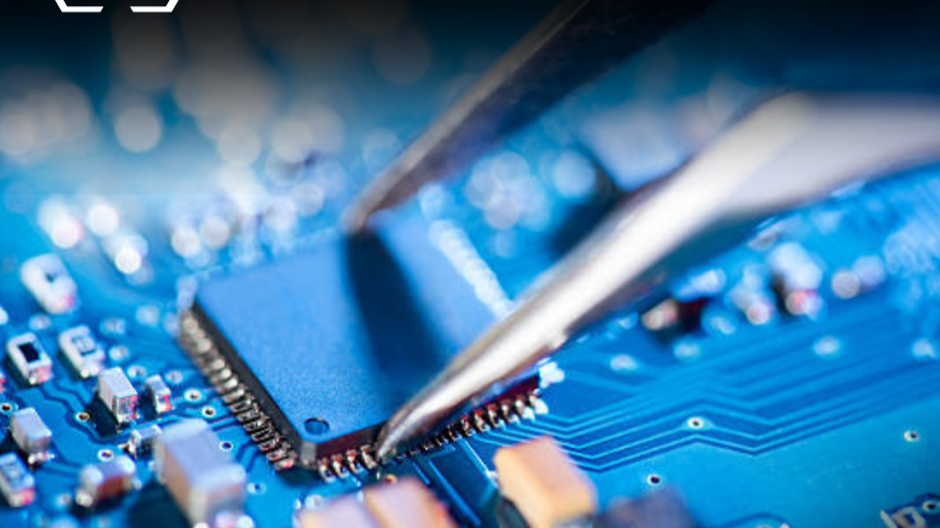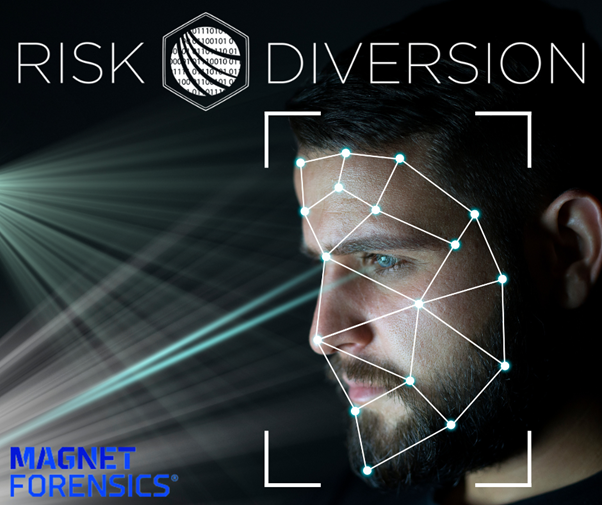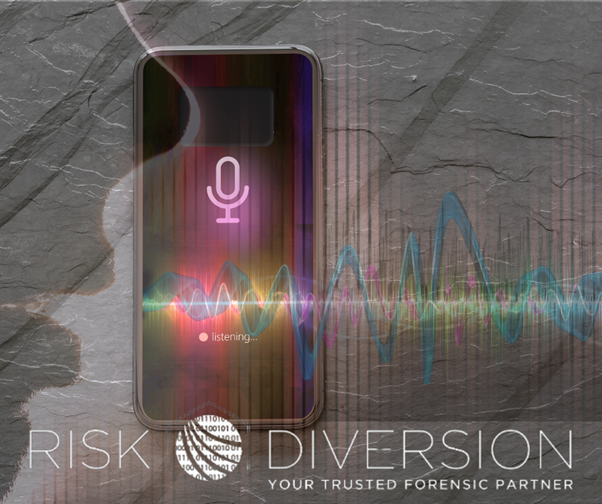Managing the demand for digital forensic examinations
The superhighways and byways of cyber space has enabled millions of IoT devices to be connected to the internet.

The superhighways and byways of cyber space has enabled millions of IoT devices to be connected to the internet, such as watches, cars, medical devices, lights, speakers, TVs, Drones are just a few to mention. These devices can function as smart objects, collecting data to make decisions by following live or pre-saved commands. This connection and exchange of data between devices and the internet is referred to as the Internet of Things (IoT). Risk Diversion offers state-of-the-art facilities for computer forensics, mobile forensics, video and audio forensics, cyber security, intelligence, and analytics of IoT smart devices.
With the growing sophistication and prevalence of digital devices such as mobile phones, computers, tablets, Nav-Sats, and domestic appliances, the extraction, analysis, and interpretation of digital data has become increasingly central to intelligence gathering and criminal proceedings.
The Internet of Things (IoT) has become a popular target for cybercriminals. IoT devices such as routers, IP cameras, smart locks, and connected doors are being exploited by hackers as a gateway for hacking and other cyberattacks. In addition, the IoT devices can be used as proxies for anonymity, making it difficult to trace the source of the attack.
The scientific community has developed a common digital framework and methodology adapted to IoT-based infrastructure to identify and classify connected objects in search of the best evidence to be collected. However, the difficulty in exploiting the IoT lies in the heterogeneous nature of the devices, the lack of standards, and the complex architecture.
However, the very extent of data available today challenges the ability of law enforcement agencies to turn seized devices into useful evidence. To date, most social science scholarships about forensics have concentrated on DNA profiling and its societal and ethical issues. In contrast, other forensic fields, including digital forensics, have had little analytical scrutiny.











